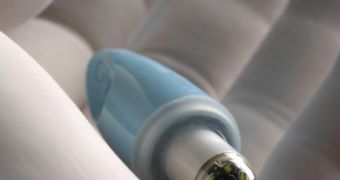Tiny cameras used to see the inside of the body are far from a new concept today, although it is the first time when the movements of such a device can be controlled as it passes through the organs. The idea behind tiny cameras used for medical explorations is very simple. The patient swallows a small device inside which a camera is planted. As is travels through the esophagus, the stomach and the intestines it takes pictures - albeit the trip through the esophagus only takes about three to four seconds.
Since such devices only have frame rates of about four frames per second, they are not able to make a thorough investigation. In the end, patients would still have to be subjected to examinations using thick endoscopes.
The advancements made by researchers from the Given Imaging, the Israelite Hospital in Hamburg, Royal Imperial College and those from the Fraunhofer Institute for Biomedical Engineering once again bring tiny controlled cameras in the vanguard of inner medical investigations.
"In future, doctors will be able to stop the camera in the esophagus, move it up and down and turn it, and thus adjust the angle of the camera as required. This allows them to make a precise examination of the junction between the esophagus and the stomach, for if the cardiac sphincter is not functioning properly, gastric acid comes up the esophagus and causes heartburn. In the long term, this may even cause cancer of the esophagus. Now, with the camera, we can even scan the stomach walls", says Dr. Frank Volke, of the Fraunhofer Institute for Biomedical Engineering.
Once inside the body, the tiny camera is controlled with the help of a magnetic device about the same size as a chocolate bar. The camera can be moved either up or down, in order to make detailed investigations inside the patient's body.
It would still be built much in the same way as any previous camera, although it would have the advantage of being controlled. In one experiment, the device was maintained inside the esophagus of a patient for up to ten minutes, while the subject was standing.

 14 DAY TRIAL //
14 DAY TRIAL //